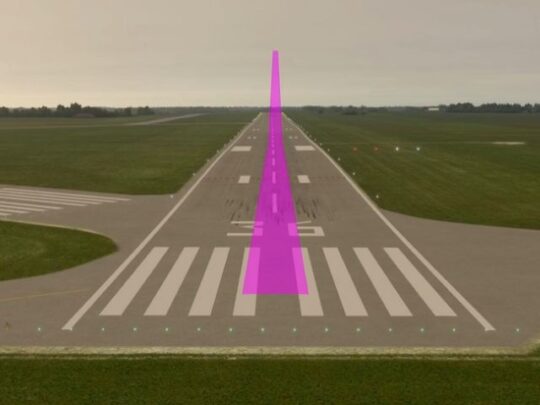Subscriber question:
"I know I'm supposed to do a pre-takeoff briefing that includes emergencies on departure. But a thorough job takes time while I'm burning avgas, or need to get in a line of departures. So, I end up doing a half-assed job or skip it. Is it worth the trouble for a GA pilot?" — Frank M.
Jeff:
 “Having a plan for an emergency immediately after takeoff could save your life, so it’s worth doing. I hear you about times when there’s a line of aircraft, so you end up being rushed. To deal with this, I’ve taken to doing the briefing on the ramp just before climbing in the airplane.
“Having a plan for an emergency immediately after takeoff could save your life, so it’s worth doing. I hear you about times when there’s a line of aircraft, so you end up being rushed. To deal with this, I’ve taken to doing the briefing on the ramp just before climbing in the airplane.
Take a top-down image of the airport, such as an airport diagram or iPad view zoomed into the airport. Use this diagram, and walk through what will happen in chronological order. You’ll turn onto the Runway — say the runway number here — and see full power and green engine gauges. If there’s a problem before rotation, you’ll abort and stop on the runway. Pick a point on the runway diagram and say that if you’re not airborne by that point, you’ll idle power and stop on the runway. If you have a problem below 700 AGL, you’ll point the nose down and head generally straight ahead. But use your diagram to consider if a slight turn will offer a better crash site.
Above 700 AGL, you have an option of turning left or right for a better landing site in the event of an engine problem. Whether that includes turning back to the airport itself is up to you. No matter how much turn you’ll allow yourself, pick a direction now, during the pre-takeoff briefing. Base that choice on the wind, and airport diagram or top-down image.
Once you pass pattern altitude, you have plenty of options for an engine problem, including your departure airport. But presuming you don’t have any issues, your next move is continuing on course. If you’re using a tablet for your briefing, that course is probably right there on the screen. Make sure you know which way you’re going en route to your destination and if there are any important things to note as you head off in that direction.
You can add other parts to this briefing, such as how you will get back if departing IFR, or which airport you’ll head for.
Having a diagram for this and doing it on the ramp makes this a more objective and relaxed activity. You can repeat the high points in your head just before takeoff if you want.”
Do you do a pre-takeoff emergency briefing before departing?

